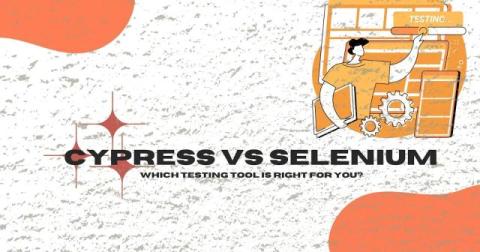Cypress Vs Selenium: Which Testing Tool Is Right For You?
When it comes to web automation testing, selecting the right tool can be crucial for the success of your project. Both Cypress and Selenium have emerged as two of the most popular options, but they cater to different use cases and testing environments. Cypress is relatively new but quickly gaining popularity due to its easy setup, modern architecture, and fast performance. It’s specifically designed for front-end developers, making it ideal for testing modern web applications.











